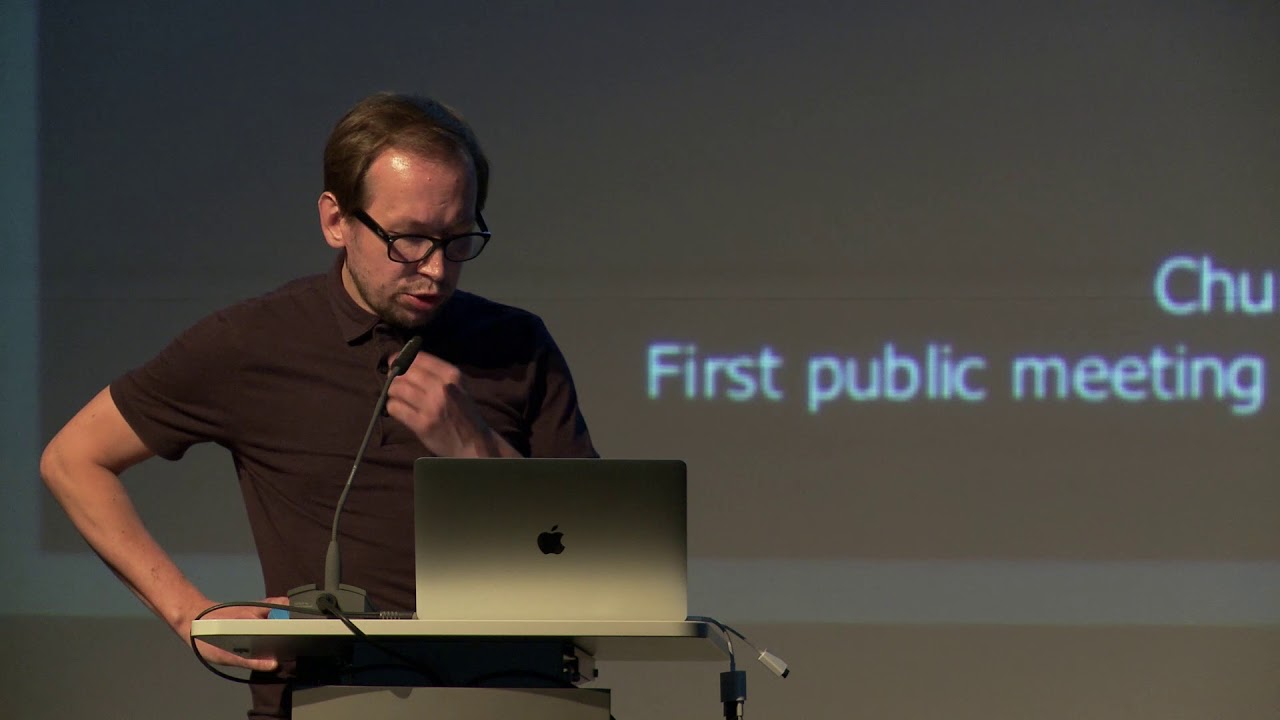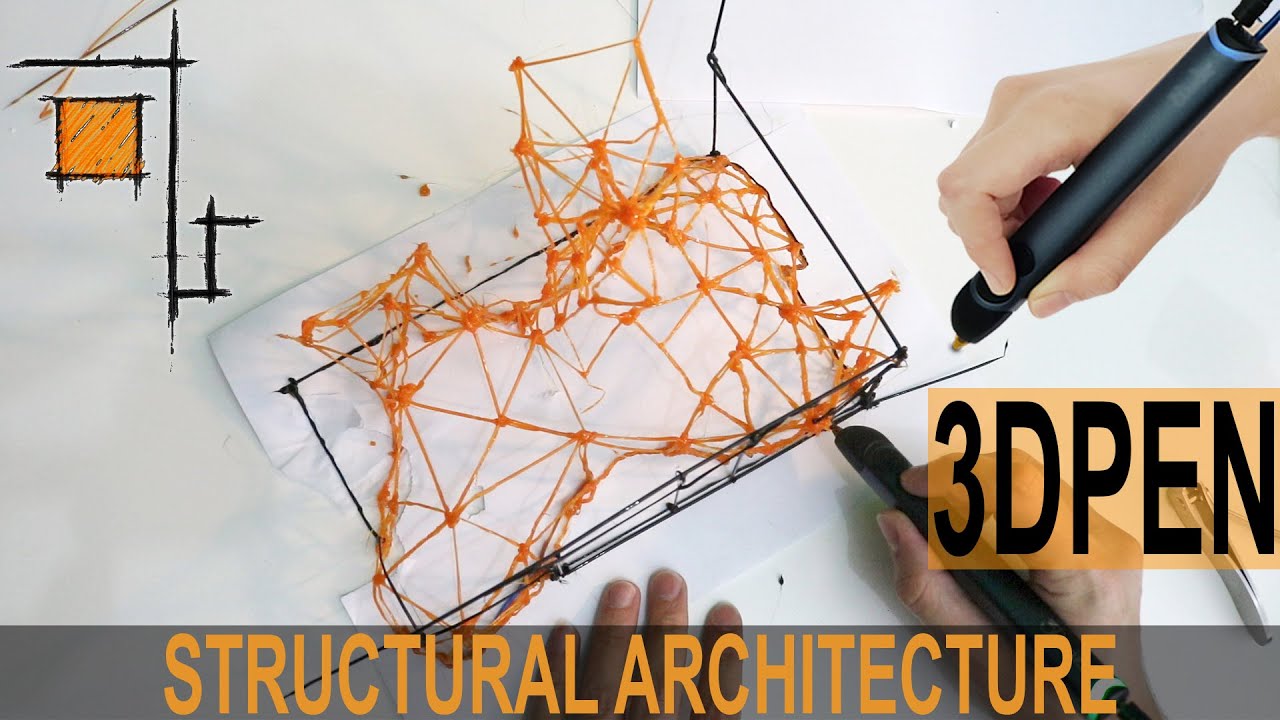Transmodern Transmodern
PO·MO·STROIKA – POSTMODERN THEORIES, PRACTICES AND HISTORIES | TRANSMODERN INTERNATIONAL ARCHITECTURE CONFERENCE
COLLEGIUM HUNGARICUM BERLIN | 05.17.2018 – 05.79.2018
Section 3. | TRANSLATIONS OF POSTMODERNISM | Origins of Soviet Postmodernism. A Lithuanian Case
Martynas Mankus
Chronologically, the late Soviet period architecture in Lithuania was marked by the transition from modernism to postmodernism. Since the postmodern condition is considered to be characteristic to the Western world, the dissemination of postmodern concepts in the so-called Second World was a result of local perception and interpretation. What could be then the conditions for postmodernism in the late Soviet environment? The context of this kind of expression in Soviet Lithuania is two-fold. On the one hand, postmodern discourse is an example of circulation and reproduction of global architectural ideas. On the other hand, it arrived at the exact moment when it could reinforce local cultural development. It is argued that contextualist and historicist approaches could be interpreted as a mix of global tendencies with the postcolonial attempt to invent ‘our own’ architecture.
Source



